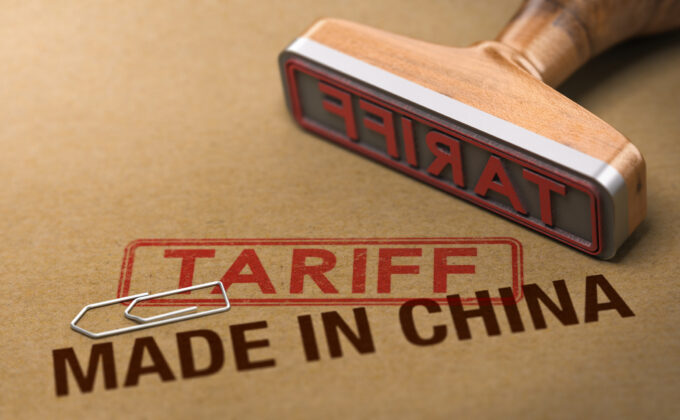
The U.S. government’s recent decision to increase Section 301 tariffs on certain Chinese imports is a significant development in the ongoing trade tensions between the United States and China. While aimed at addressing long-standing trade issues, these tariffs also raise concerns for importers who rely on Chinese goods.
Understanding Section 301 Tariffs
Section 301 of the Trade Act of 1974 authorizes the United States to investigate and respond to unfair trade practices by other countries. The recent increase in Section 301 tariffs target a range of Chinese products, including electronics, machinery, and consumer goods. A full list of all HTS codes affected by the recent increase is available here in Annex A. The goal is to encourage fair trade practices and create a level playing field for American businesses.
Importer Concerns
For importers, the increase in tariffs present several challenges:
- Increased Costs: Higher tariffs mean increased costs for importing goods from China, which can squeeze profit margins and lead to higher prices for consumers.
- Supply Chain Disruptions: Importers who rely heavily on Chinese suppliers may face disruptions as they seek alternative sources or negotiate new terms with existing suppliers.
- Uncertainty and Planning: The ongoing trade tensions create an environment of uncertainty, making it difficult for importers to plan for the future and make long-term business decisions.
Mitigation Strategies
While the increase in tariffs presents challenges, there are several strategies importers can employ to mitigate the impact:
- Diversify Supply Chains: Look for alternative suppliers in other countries or regions to reduce dependence on Chinese imports. This can help spread risk and potentially lower costs.
- Negotiate with Suppliers: Engage in negotiations with Chinese suppliers to share the burden of the tariffs. This could involve seeking price reductions or more favorable payment terms.
- Increase Efficiency: Focus on improving operational efficiency to offset increased costs. This could involve streamlining logistics, investing in automation, or finding other ways to reduce expenses.
- Pass on Costs: While not always ideal, passing on some of the increased costs to consumers through higher prices may be necessary. Clear communication with customers about the reasons for price increases can help maintain trust and loyalty.
The Bigger Picture
It’s important to recognize that the increase in Section 301 tariffs is part of a broader strategy to address unfair trade practices and protect American businesses. While the short-term impact on importers can be challenging, the long-term goal is to create a more equitable and sustainable trade environment.
Staying Informed
Keeping up to date with the latest developments in U.S.-China trade relations is crucial for importers. Regularly review government announcements, trade publications, and industry reports to stay informed about potential changes and their implications for your business. Export Solutions Inc can provide personalized advice and insights tailored to your specific needs. We can offer guidance on navigating tariff changes and implementing effective mitigation strategies. Contact us today to ensure your business remains resilient and competitive in this evolving trade landscape.
Conclusion
The recent increase in Section 301 tariffs on Chinese imports presents significant challenges for importers, but with careful planning and strategic adjustments, these challenges can be managed. By diversifying supply chains, negotiating with suppliers, improving efficiency, and staying informed, importers can navigate this complex landscape and continue to thrive in a changing global trade environment. The goal is to balance immediate concerns with long-term strategies that support fair trade and economic stability.
Kali Kaufman is a Classification Specialist for Export Solutions -- a full-service consulting firm specializing in U.S. import and export regulations.
